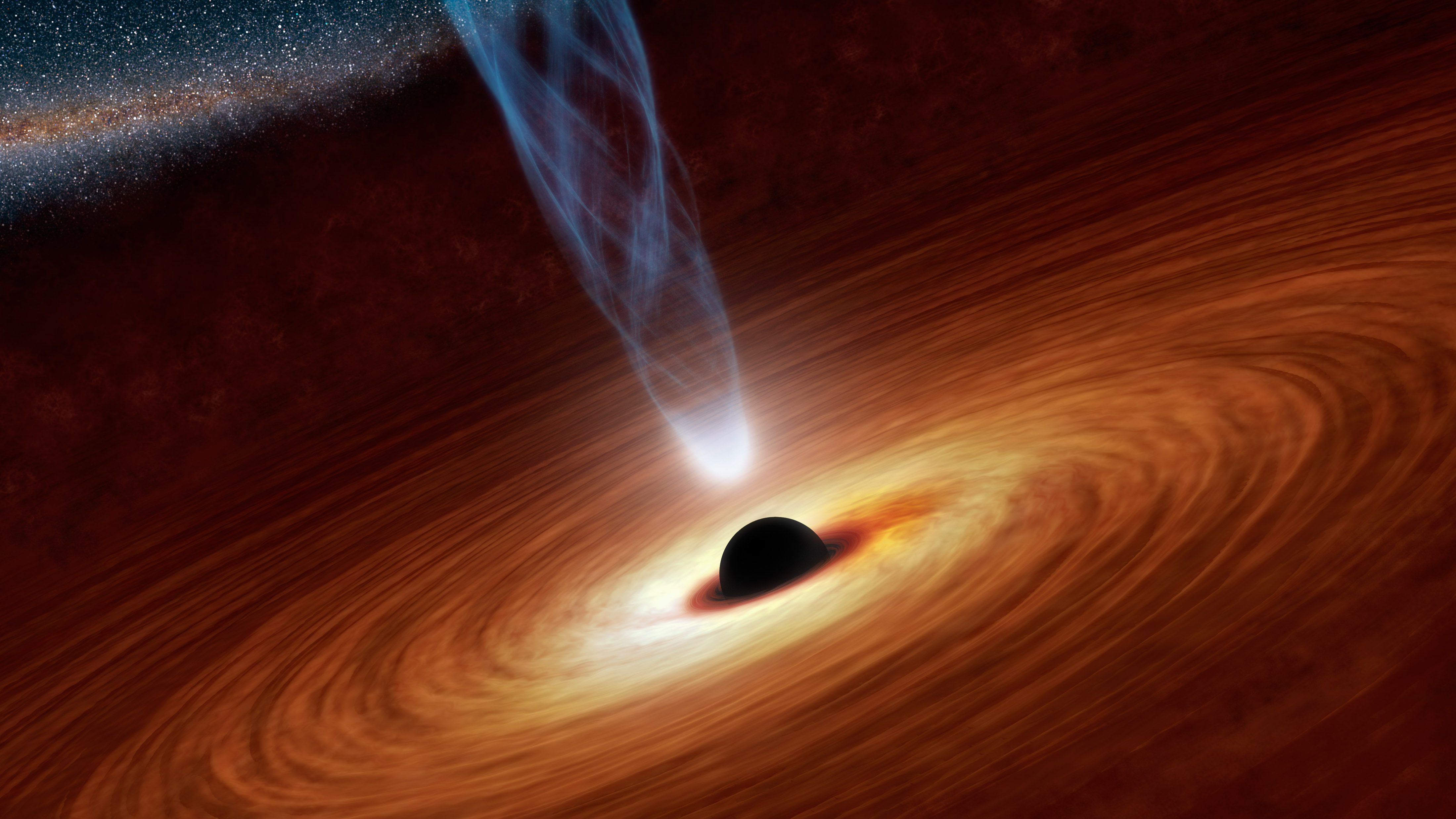
Áreas de investigación
Los científicos del Instituto de Estudios Astrofísicos UDP trabajan en varias áreas de la Astrofísica que se enumeran a continuación.
Para líneas de investigación y proyectos específicos a desarrollar en la UDP visite: Specific Projects
Para obtener una lista de proyectos respaldados por subvenciones de investigación, visite: On-going Grants at the Institute of Astrophysical Studies
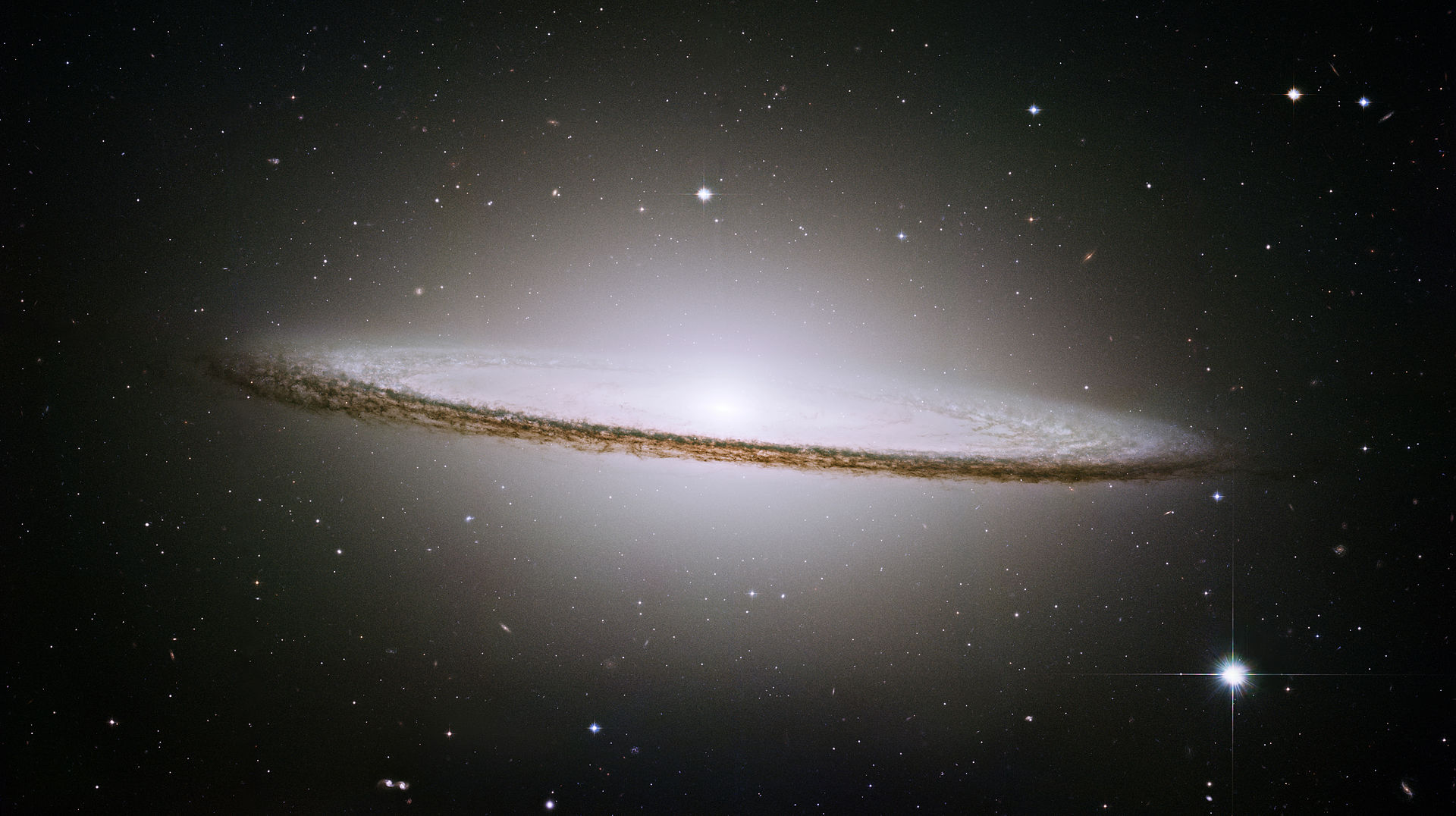
AGN
(English) Observations and simulations of the close environments of accreting supermassive black holes. Most massive galaxies have at their center supermassive black holes, which play a fundamental role in shaping the properties of their host galaxy during a phase in which they rapidly accrete matter from their surrounding. The structure of this circumnuclear material can be studied in the X-ray band, by looking at the features that are produced by the reprocessing of X-ray photons. The development of realistic simulations of the immediate surroundings of black holes is of the utmost importance for future high-resolution spectroscopical X-ray missions such as XARM (to be launched in 2021) and Athena (2028). A very dynamic scientific community is working on supermassive black holes in Santiago (http://www.agnsantiago.cl).
Hot Dust Obscured Galaxies (Hot-DOGs). Powered by highly obscured, hyper-luminous AGN activity, Hot Dust Obscured Galaxies are some of the most luminous obscured quasars in the Universe. Identified originally by the WISE mission, these objects have been shown to be in the redshift range 2<z<4 and have luminosities exceeding 10^13 solar luminosities, and about 10% exceeding 10^14 solar luminosities.
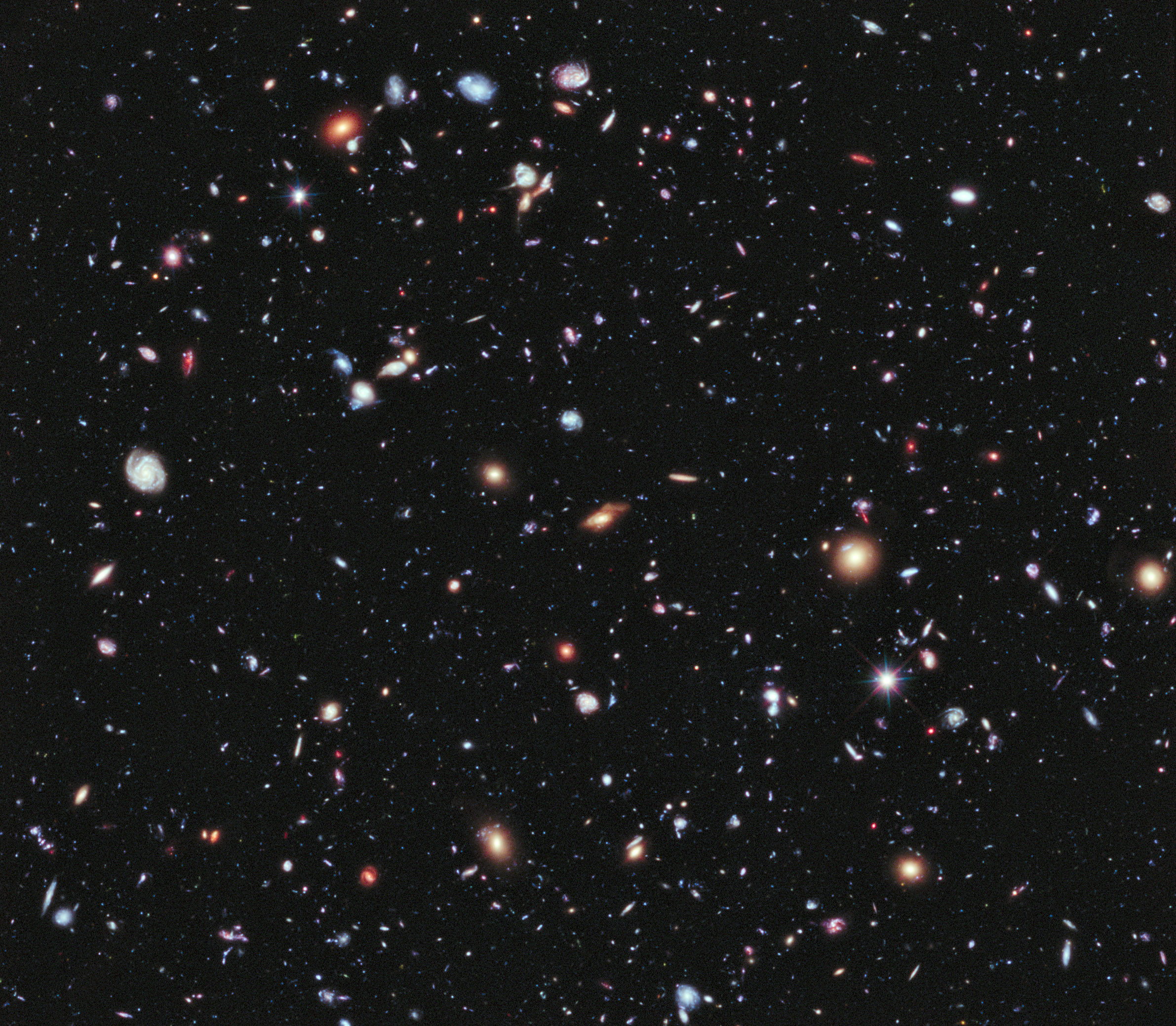
Formación y evolución de galaxias
(English) High-redshift Galaxies. Since even light takes time to travel, studying distance galaxies allow us look back into the history of the Universe. Also, given the expansion of the Universe, infrared and optical light originating at the dawn of time appears redshifted to longer wavelengths that can be observed by (sub)millimeter
telescopes. At UDP, we offer dissertation topics on galaxy evolution across cosmic time.

Ciencia planetaria
(English) The Demographics of protoplanetary disks.
Understanding the diversity of the planets that are being formed in the Galaxy requires large surveys of protoplanetary disks in star-forming regions. The closer the region, the higher is the level of detail in the images that can be obtained. The larger the sample, the better the statistics and the chances of finding particularly interesting systems. Such is this context of ODISEA, the Ophiuchus DIsk Survey Employing ALMA, a UDP-led survey of almost 300 protoplanetary disks in the Ophiuchus Molecular Cloud, the closest of the major starforming regions around the Sun. ODISEA aims to investigate the properties of protoplanetary disks as a function of stellar age, mass, and the presence of stellar companion in order to constrain planet formation theories.
Cosmic Dust Laboratory.
While dust typically constitutes only 1% of the mass present in protoplanetary disks, it is the main observable. Since the radiation from disks detected by ALMA mostly originates in cold millimeter-sized grains, correctly interpreting these images requires laboratory measurements of different types of dust grains (silicates, ices and organic material). The UDP Cosmic Dust laboratory is equipped with a top-of-the–line spectrograph that operates between 1 micron and 1 mm, in vacuum and at very cold temperatures (down to 4K) to measure optical properties of cosmic dust under realistic conditions. The measurements from this lab can be applied to models of protoplanetary disks using data from ALMA and other infrared and (sub)millimeter observatories.
Detection and characterization of extrasolar planets
In the last two decades astronomers discovered almost 4000 new worlds around stars other than the Sun. These planets have been discovered with different techniques: transits, radial velocity, microlensing, timing, and high-contrast imaging. Each technique can study a different kind of planet, and all together they are populating the mass/semi-major axis diagram of planetary systems. The huge number of planets discovered is permitting to understand and characterize atmospheres, dynamics, formation, and stability of extrasolar systems. In the last years, many specialized instruments have been built to find and characterize planets as small as our Earth. With instruments as HARPS-S, Espresso (for radial velocity), Trappist-S (transits), OGLE project (microlensing), GPI and SPHERE (direct imaging) and many others, Chile is an ideal place to work as a planet hunter.
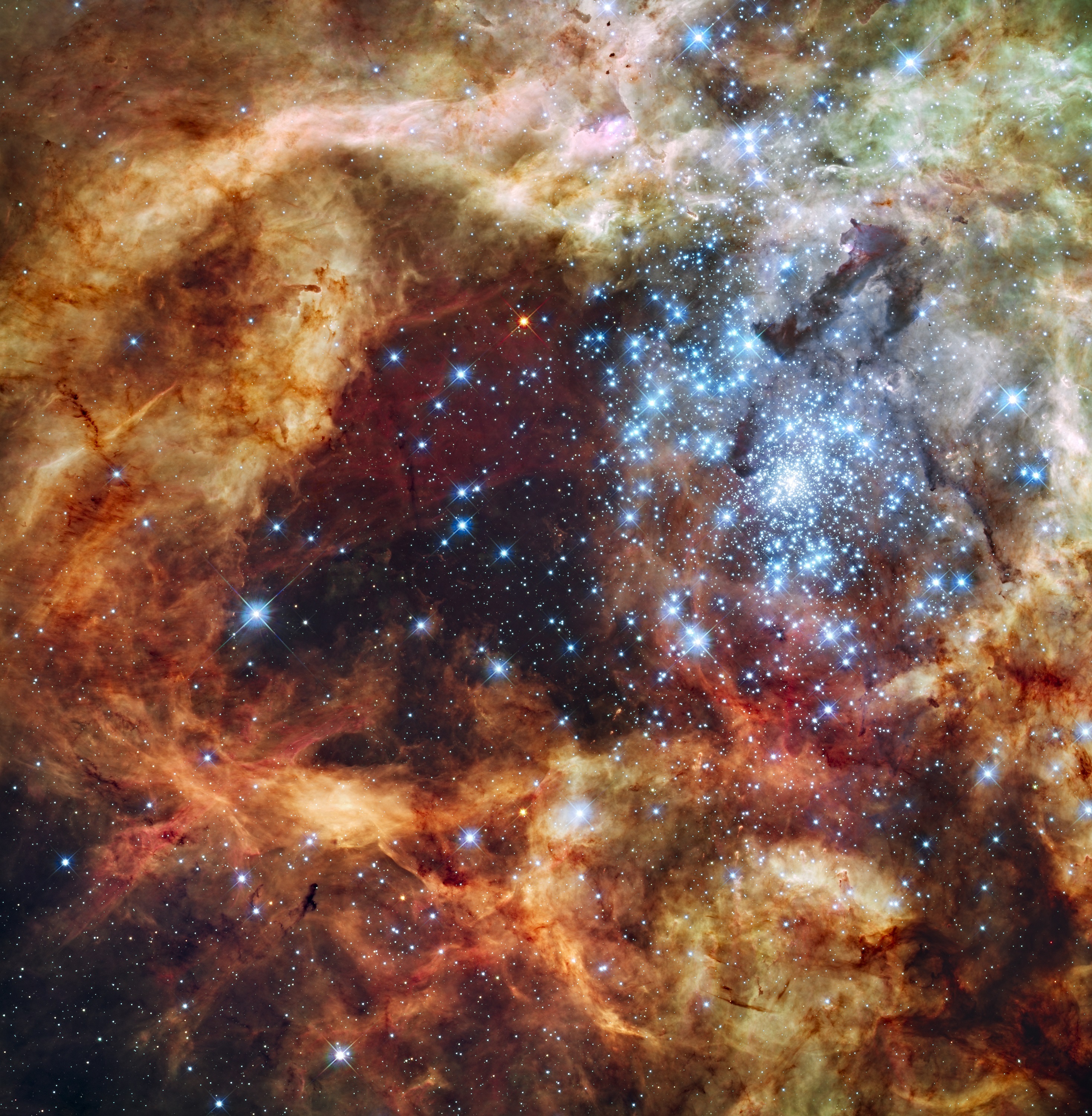
Astronomía estelar y galáctica
(English)
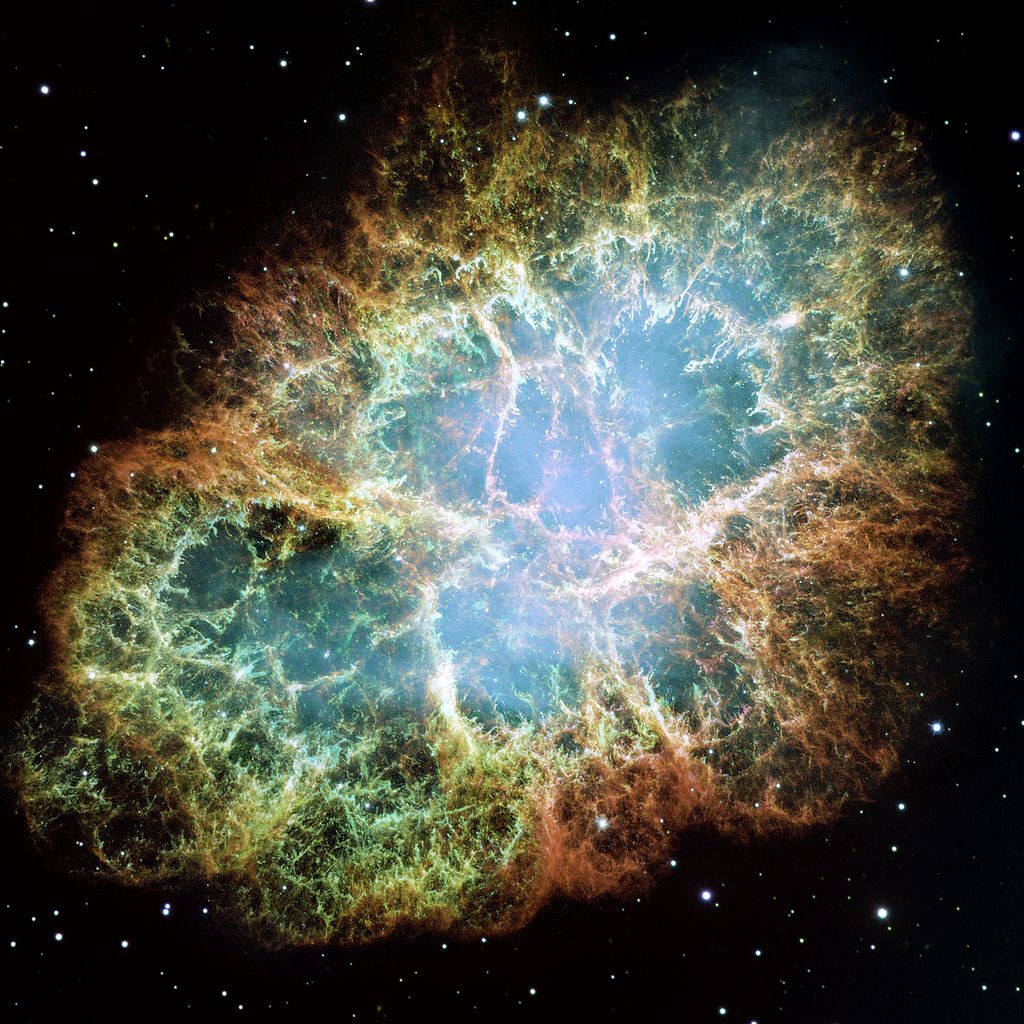
Supernova
(English) Explosive stellar transients.
We are in a golden era of transient research, with several panoramic optical surveys now working (e.g., ASAS-SN, GAIA, ATLAS, ZTF) or planned (LSST) that are revolutionizing our understanding of explosive events in the Universe, with applications to several areas of astrophysics such as stellar evolution, chemical enrichment, compact objects, and high energy physics. A PhD student working in this area will be focused in studying explosive stellar transients (e.g., supernovae, tidal disruption events, intermediate luminosity transients), mainly from the All-Sky Automated Survey for Supernovae (ASAS-SN) but also other complete surveys, to constrain their explosion mechanisms, progenitors, and physics through a variety of observational probes.

